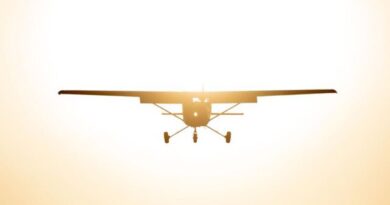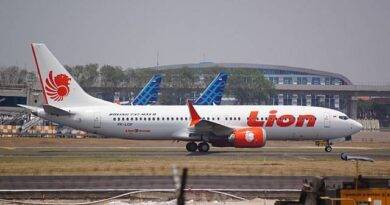What is Winglet Device?
If you’re a frequent flyer or seeing many airplanes, you’ve probably noticed the strange curve on the airplanes’ wingtips. These parts are called Winglet. So, is this fold designed to make the plane look nice, or does it serve other purposes as well? In this article, we will try to find answers to our questions.
A winglet is a wingtip design used to increase the efficiency of the aircraft. It is a component that provides fuel savings in the new-generation planes. In addition, it improves aircraft performance and increases the aircraft’s financial value in the face of rising fuel prices today.
What Triggered Winglet Development?
With the Middle East fuel crisis that emerged in 1973, a severe fuel concern was experienced in the aviation industry. With the effect of the problem on airlines, fuel costs have increased, and aviation fuel has become a luxury.
Later, airlines naturally preferred to save fuel and put pressure on aircraft manufacturers in this regard. Under the leadership of NASA, manufacturers such as Boeing have started their studies on providing fuel savings by reducing friction. During these studies, it was noticed that the feathered area at the tip of the wings of raptor birds curves upwards and backwards, providing less friction. Scientists have started the aerodynamic studies necessary for the more efficient use of aircraft starting from this point.
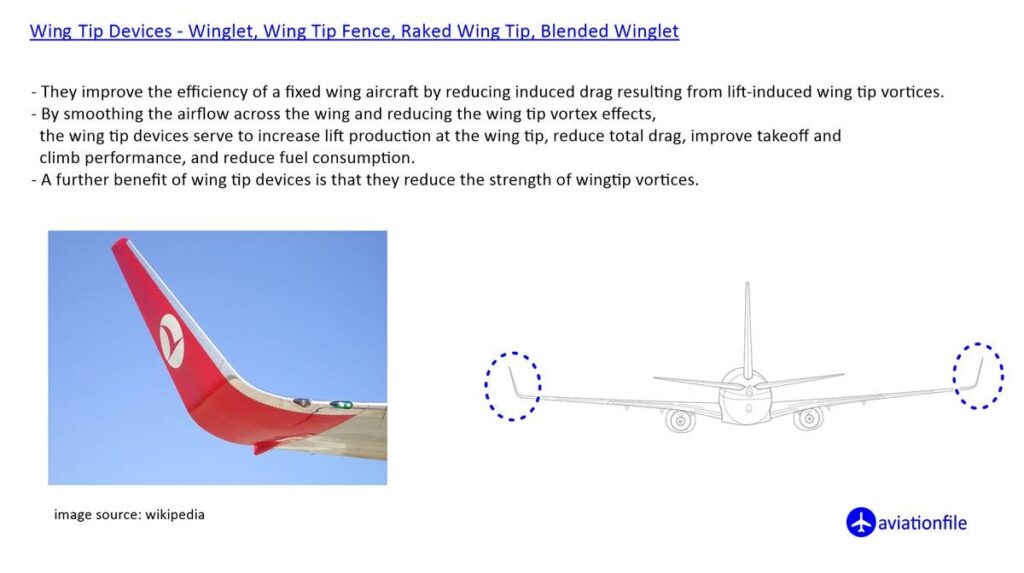
Winglets and Vortexes
“We will not detail how lift is created in aeroplanes. However, roughly, the planes provide the lifting force necessary for holding in the air thanks to the pressure created under the wing. As the air flowing over the wing leaves the wingtip due to the pressure difference, wingtip vortices (vortices) occur. The intensity of these eddies can vary according to some parameters (aircraft weight, speed and wing structure).
Parts of an Airplane – Fuselage, Engine, Cockpit…
To prevent these wingtip vortices that occur when the aircraft is active (including take-off, wheel put), scientists have aimed to reduce the operating costs of airline companies by developing parts called winglets attached to the wingtips.
It has been observed that the inclination of the outward and upward curves of the winglets reduces friction and increases propulsion performance. It has been observed that winglets reduce wingtip vortices and increase the total take-off weight, enable the engine to operate more efficiently, and allow the aircraft to gain altitude in less time.
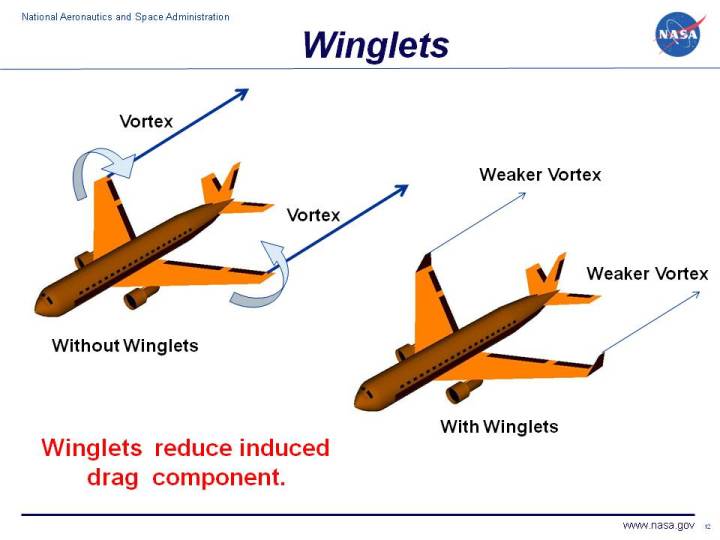
Boeing and First Winglets
Boeing first used winglets on 747-400 type aircraft put into service in the mid-1980s. Again, since 2002, Boeing has started to use the curved wingtips called “shark” in its new generation 737 type aircraft, which is remarkable with its 1.8-meter length. However, Boeing preferred raked wingtips on the 777, 747-8 and 787 models.
Thanks to this technology, Winglet is used in Boeing 737 (two types, Scimitar Wing and Winglet), 747; Fuel savings of 6% or more were achieved in Airbus A320 Series (Sharklet), A330 and A340 type aircraft. These aircraft have become the most used aircraft types globally, and airlines have made significant progress in fuel economy.
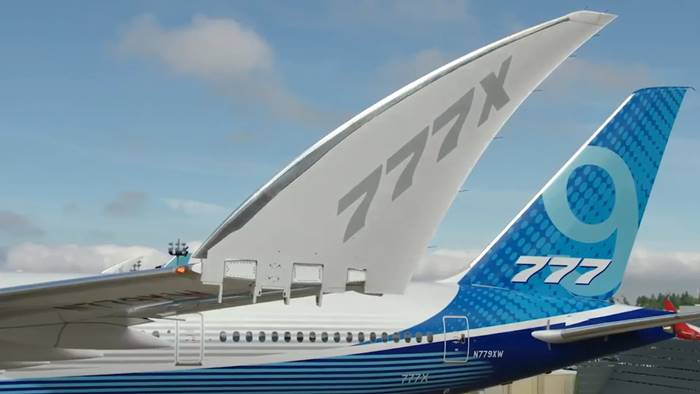
Boeing 777 as an Exception
Boeing 777 type airplanes are planes that do not have any wingtips compared to passenger planes used today. This is because Boeing 777-200LR and -300ER aircraft currently have a wingspan of 64.8 meters. The 777 model with this wingspan appears to be class E in the ICAO classification. If Boeing had added a winglet to this plane, its wingspan would exceed 65 meters. Also, the plane would have reached F-class dimensions. “Jumbo Jet” aircraft in F-class sizes, such as the Airbus A380 and Boeing 747. Since the taxes and costs of these aircraft types will be higher than Boeing 777, Boeing did not make such a renewal.
However, innovative engineering has been developed for the Boeing 777X type aircraft, which will be produced, and the tests are continuing, and the Foldable Winglet has been used. With this type of winglet, the length of the aircraft on the ground (with the winglet folded) is limited to 64.8 meters. Although the plane reaches 71 meters with the winglets opened after the plane takes off, the aircraft will be seen in the E class since the rules of ICAO are valid only on the ground.

